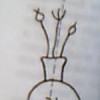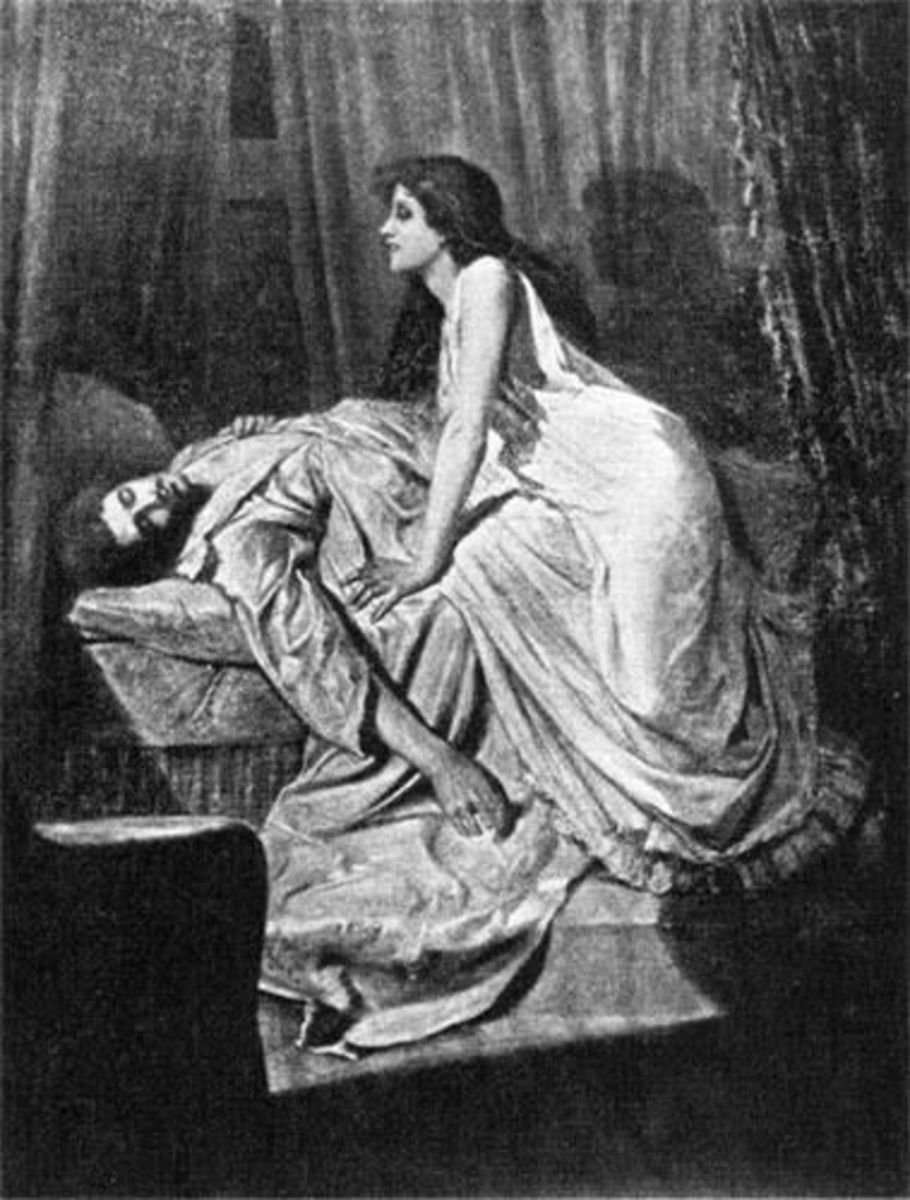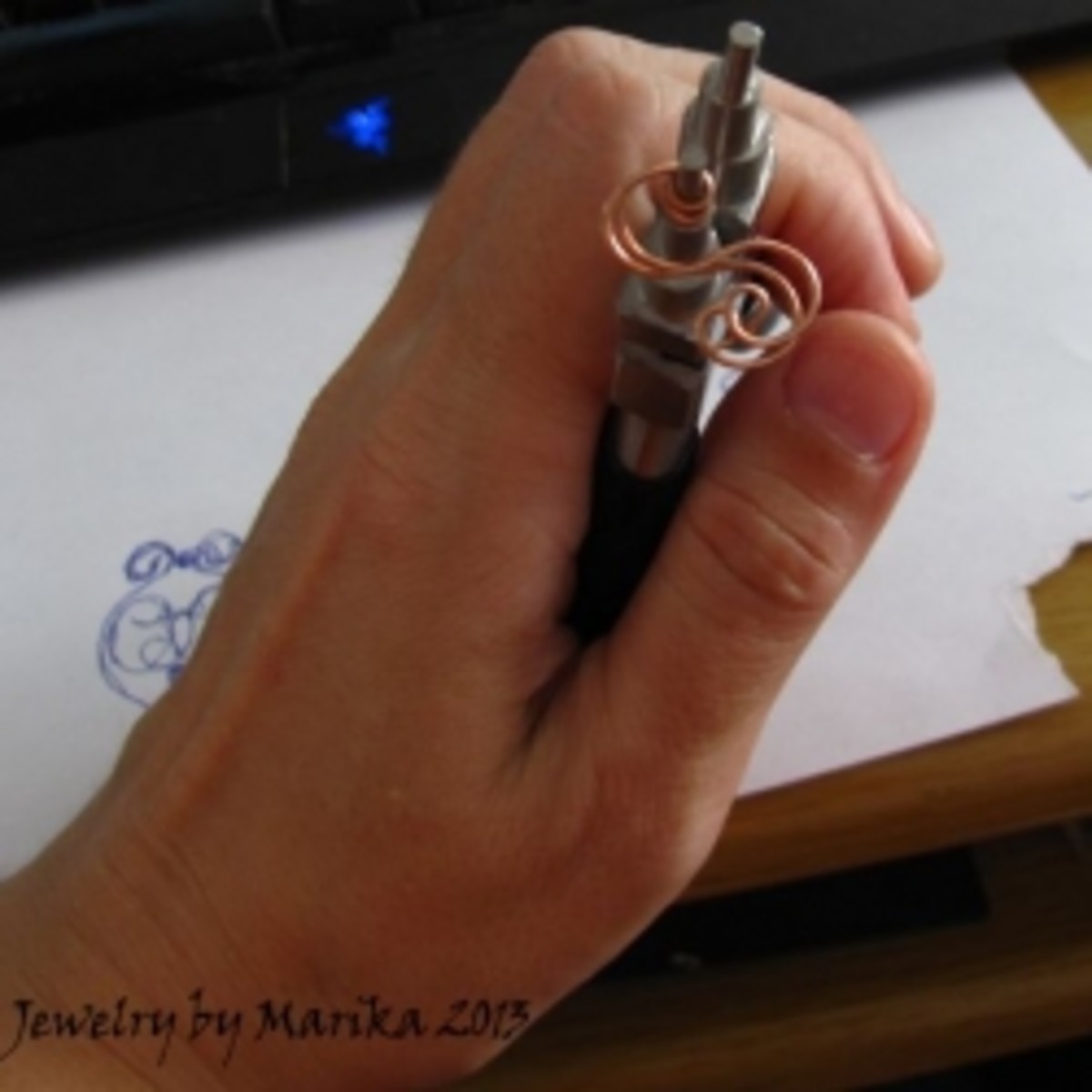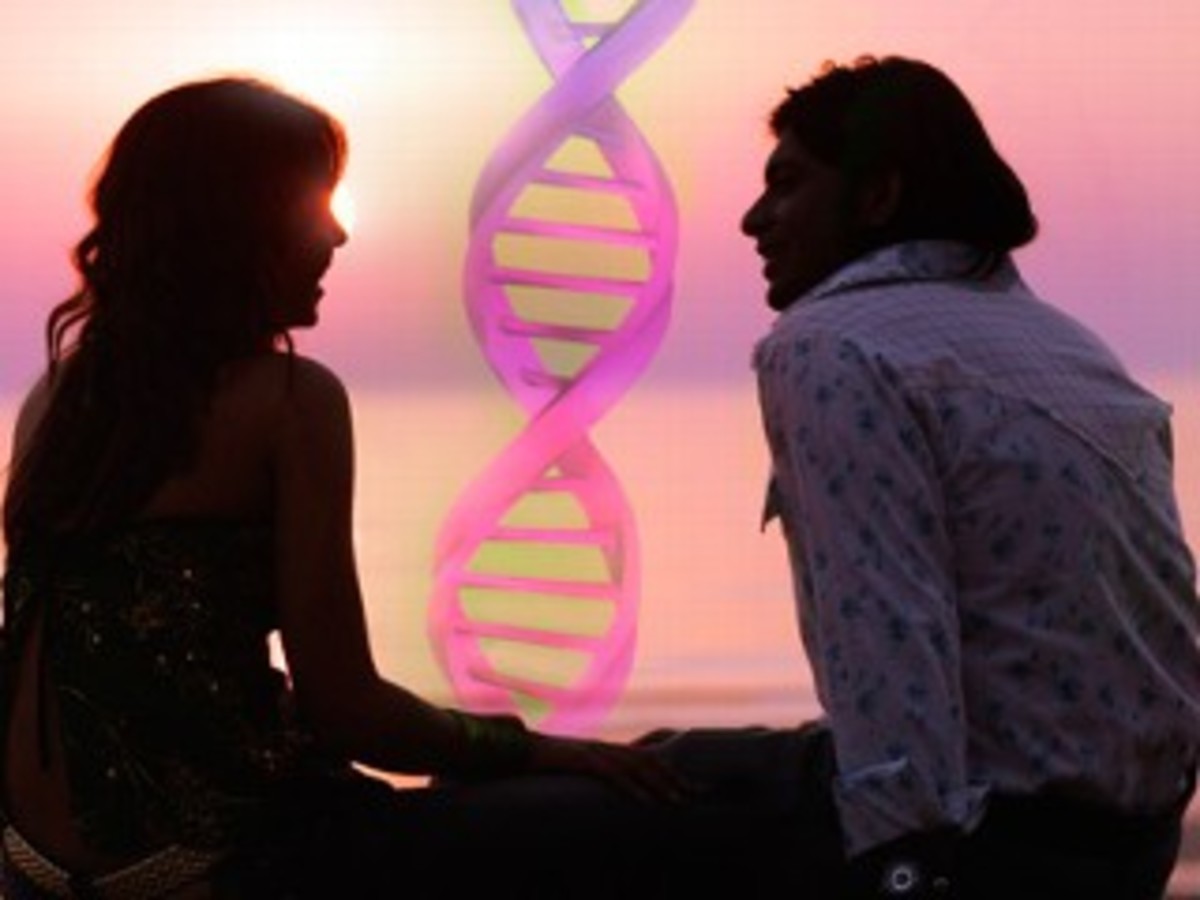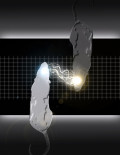Bactrian gold
How To DETERMINE THE SEX OF BURIED HUMAN
REMAINS ACCORDING TO THE JEWELRY FOUND WITH THEM
(the example of Tillya-Tepe discoveries)[1]
In 1978 the joint Afghan-Soviet Archaeological Expedition co-directed by Dr.V.Sarianidi to Northern Afghanistan, discovered the ancient necropolis of Tillya-Tepe (Golden Mound), dating from 100 BC to 100 AD. The necropolis consisted of six tombs with an enormous number (about 20000) of gold objects, mostly jewelry. Among them were ornaments for the head, neck and breast, as well as for the arms, and legs and for garments.[2] This discovery made it possible almost for the first time to demonstrate previously existing ideas of jewelry as a particular integral art and to reveal the women's and men's jewelry ensembles.
In view of these findings the question arose as to the sex of the human remains, which was not firmly determined in investigations of the necropolis. The primary attribution by Sarianidi was based on the analysis of buried remains. However, because of bad preservation of bones the second cadaver was
deter
mined at all. In all, out of the six cadavers four were determined as females and one as a male. Furthermore, as a result of the insufficient grounds for such "identification" Sarianidi's version of the iconography of a pendant from the second cadaver as "a tzar fighting a dragon" was disputed too.
To expand knowledge arising from such remarkable discoveries, the Soviet orientalists Dr.G.Pugachenkova and Dr.L.Rempel altered the interpretation of the pendant. According to their convincing arguments, rather than the tzar, there is a goddess with dragons.[3]
But since the scholars did not question the former determination of the sexes, that is, the first, fifth and sixth remains were females, the second and fourth were males, and the third was indeterminable, they concentrated mostly on the style and cultural interrelations of "unidentifiable tzars" and their neighbors.
The most authentic hypothesis identifying cadaver as females was by S.Yazenko.[4] After learning in detail the dates and descriptions of excavations he reconstructed the typology of costume found in the necropolis. It emerged that all the remains except the fourth were females. The heterogeneity of clothing indicates that the deceased were from various ethnic groups.
At about the time Yazenko was conducting his research I was engaged in a thorough study of jewelry articles from necropolis, which made it possible to reveal the typical features of women's jewelry and men's ensembles.
The female remains yielded the following set of articles: a diadem, hairpins, temple pendants, earrings and clips, beads necklaces, a torque, clasps, bracelets for arms and legs, and jewelry sewn on. The difference between women's and men's ensembles is that the men's lacked temple pendants and hairpins, but the belt was always present.
Let us consider the hairpins from the second tomb as an example. My belief is that such an article is exclusive to women, as confirmed by modern hairstyles. Obviously, the item was widespread all over the East, and especially Central Asia, at that time and even later. The Hermitage, for example, has several analogous hairpins (17th-18th century). Their main element is a large gold pivot, which is like a stem with graceful flowers, as is seen also in the hairpin from the second tomb.[5] The existence of close cultural relations between China and Central Asia from the first century BC to the second century AD is clearly shown by the silver mirror with a circular inscription in Chinese characters.[6] Similar mirrors were found in the other tombs of necropolis too.[7]
Another exclusively women's jewelry object in the second tomb is temple pendant.[8] Here we find the scene of goddess with monsters. Ethnographic studies have already proved that temple pendants are exclusively women's jewelry.[9]
In the sixth tomb, which is a female also, the same figurative canon of a goddess with monsters was found. However, the temple pendant from the second tomb pictures the goddess of the Steppe in a caftan and a wall crown, and the image of the goddess from the sixth tomb is closer to Ghandhara art. There is a nude goddess[10] with draped legs, undoubtedly a sign of Hellenistic influence. On these grounds it may be supposed that the contents of the second tomb represented the nomadic world, while those in the sixth probably belonged to a Bactrian woman, since the decorative elements reveal the fusion of different cultures. This fusion acquired full expression in the art of ancient Bactria.
As far as is known, Bactria was distinguished as one of the highly artistic centers in the Early East. Bactrian master artists were famous for their marvelously harmonious approach, their delicate taste, and their rare sense of form and composition. Among the most distinctive features of ancient jewelry art was the monumental quality of the articles together with the small scales of some of them. Their artistic and aesthetic quality is retained in the enlargements that we find in publications.
Besides, the main decorative function, all the jewelry contained additional information codified in the form, ornamentation and themes of items. For us, this aspect is practically the most important source of authentic information about socio-ritual structures in ancient societies.
In sum, typological analysis of jewelry permitted identification of all but the third Tillya-Tepe cadavers as females, and the determination of the figurative motifs facilitated and exact interpretation of the themes used. Reconstruction of the costume clarified the essential ethnic differences among the buried women.
Thus, using methods studying the art alone it is possible to further the archaeological investigation. Jewelry art, therefore, is not merely a kind of decoration with its own isolates picture system, but a means of passage from the world of images to the world of History.
[1] The present material is an amended version of an article published previously in the collection "Present Questions of the Humanities at the Contemporary Stage." Dushanbe, 1987, pp.151-153
[2] Sarianidi, V., Die Schatze der Kushanen - Konige, Afghanistan journal, 1974, bd.4
Idem - Le tombe Regallo della "Collino d'ore", Mesopotamia, XV, Firenze, 1980
Idem - The treasure of the Golden Mound, Archaeology, vol.33
[3] Pugachenkova, G. and L. Rempel. Iz istorii kulturnikh svyazei narodov Srednei Azii, Tashkent, 1986, p.5-24
[4] Bactrian gold, Leningrad, 1985
[5] Bactrian gold, p.235, cat.31
[6] Ibid, p.235, cat.34
[7] Ibid, p.143, cat.5, 12; p.144, cat.3, 71; p.145, cat.2, 34
[8] Ibid, p.231, cat.7
[9] Chvir, L., Tajik jewelry, Moscow, 1977, p.20
[10] Bactrian gold, p. 254, cat.4
